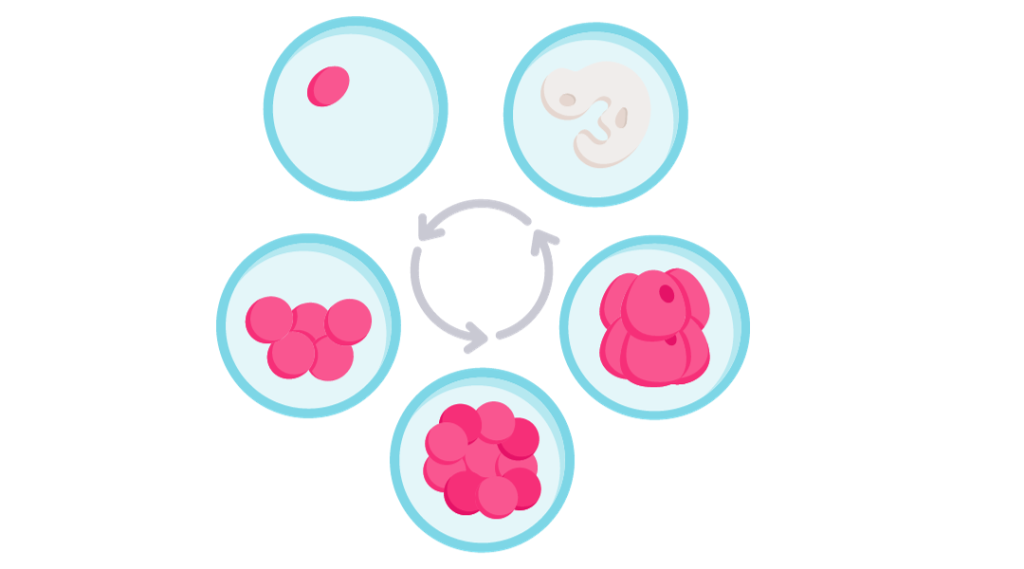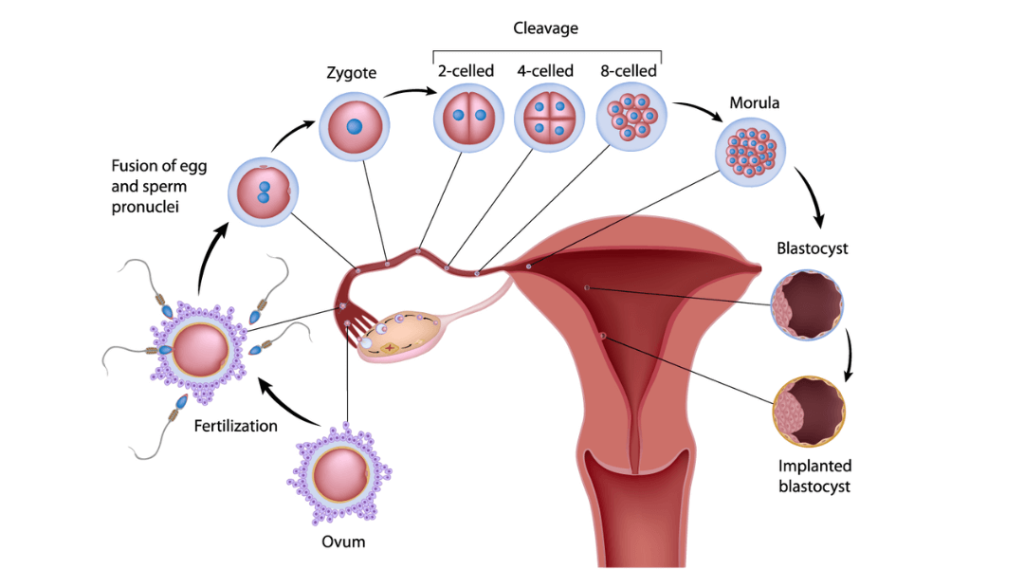For many aspiring parents, the journey to parenthood can be filled with challenges. However, advancements in reproductive medicine have introduced techniques like Blastocyst Culture, offering a higher probability of successful conception. This innovative approach has proven to be a game-changer, particularly for those who’ve faced challenges on their journey to becoming parents.

The Brilliance Behind Blastocyst Culture
Blastocyst Culture, a modern-day marvel in assisted reproduction, allows embryos to mature beyond the usual three-day stage seen in many IVF procedures. By nurturing the embryo until the fifth or sixth day, Blastocyst Culture ensures that it’s perfectly primed for implantation, harmonizing seamlessly with the woman’s endometrial environment. This timely synchronization optimizes the chances of successful implantation. Furthermore, the advanced development stage facilitates a meticulous selection of embryos, ensuring only the healthiest are chosen for transfer.
Is Blastocyst Culture Right for You?
Blastocyst Culture shines particularly for:
- Individuals for whom age and specific infertility factors align with this method’s benefits.
- Those who’ve navigated multiple unsuccessful forays with conventional fertility treatments.
- Couples keen on minimizing the risks associated with multiple pregnancies.
Decoding the Blastocyst Culture Technique
While the initial steps are reminiscent of traditional IVF, where Blastocyst Culture truly sets itself apart is in the extended in-laboratory cultivation phase. Following fertilization, the embryos bask in a nurturing environment for 5 to 6 days under the meticulous care of the Blastocyst Culture protocol.
Synchronizing with the natural menstrual cycle, the endometrial lining reaches its peak thickness around the fifth or sixth day, creating an optimal setting for embryo implantation. Aligning the transfer of the cultivated blastocyst with this phase further elevates implantation success rates.
Additionally, certain patients might benefit from a sequential transfer approach—a refined method that demands unparalleled expertise and avant-garde infrastructure. Beyond reducing the odds of multiple pregnancies, Blastocyst Culture ensures the transfer of the most resilient and vibrant embryos.

In Conclusion
Blastocyst Culture, with its innovative approach and promising outcomes, is redefining the horizons of assisted reproduction. It’s not just a procedure; it’s a beacon of hope, lighting the way for countless individuals and couples on their path to parenthood.
References:
- https://www.ncbi.nlm.nih.gov/pmc/articles/PMC3849548/
- https://www.fertstert.org/article/S0015-0282(99)00458-8/fulltext
- https://www.reproductivefacts.org/news-and-publications/patient-fact-sheets-and-booklets/documents/fact-sheets-and-info-booklets/blastocyst-embryo-transfer/
- https://www.eshre.eu/Press-Room/Resources
Leave a Reply